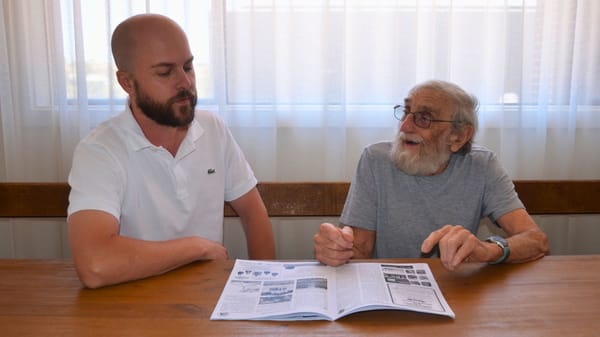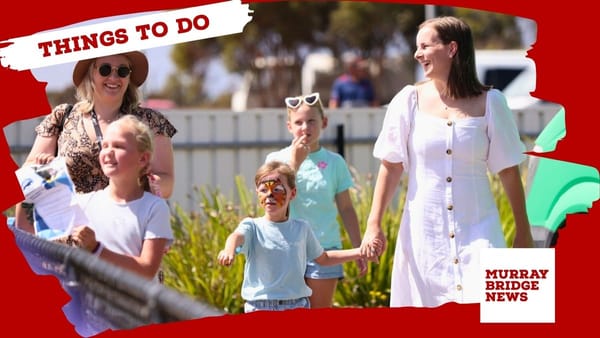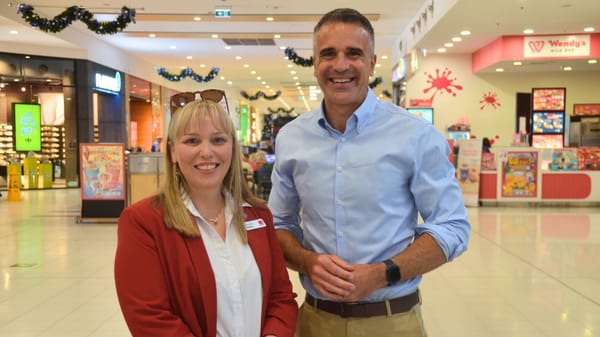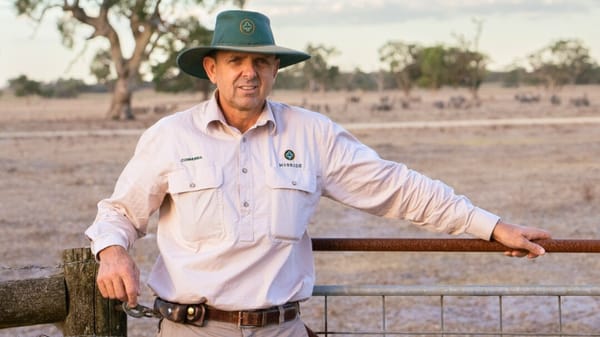Algal bloom threatens the Coorong, but locals have a plan
The Coorong Environmental Trust has released a four-point plan to save the ecosystem, just as the eyes of the nation have turned towards it.
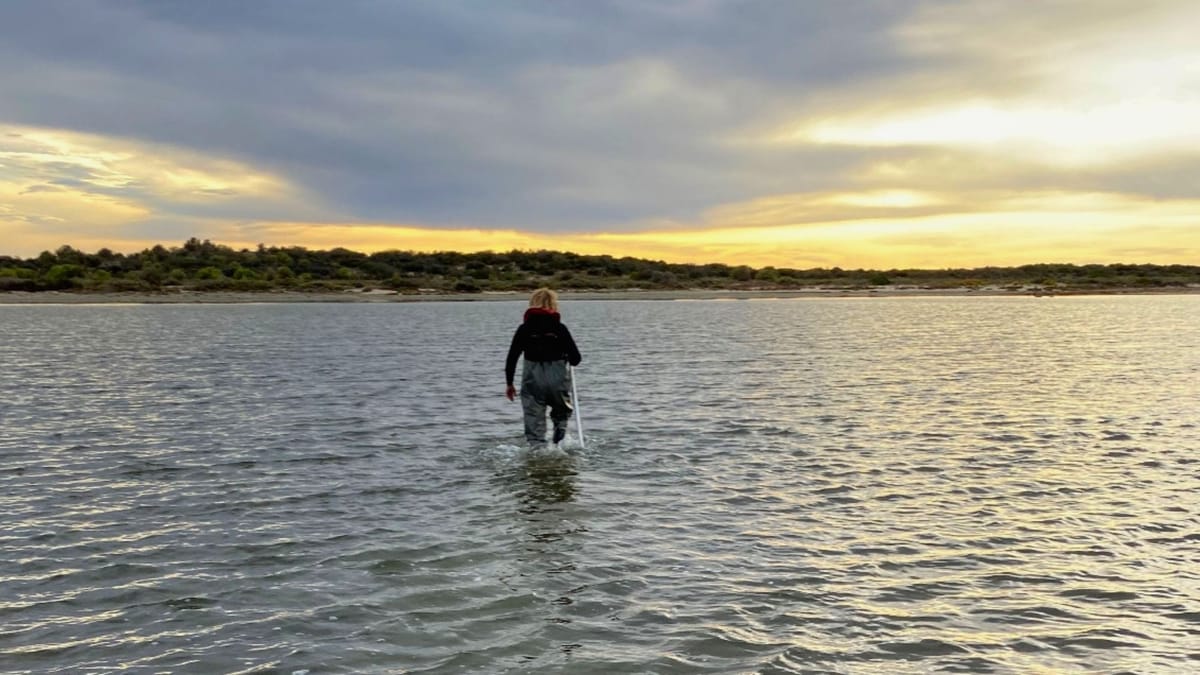
This story is now free to read. Help Murray Bridge News tell more stories like this by subscribing today.
As algal foam washes up on Adelaide’s beaches, scientists here in the Murraylands hope to use the extra attention to highlight the needs of the local environment.
Ecologist Faith Coleman’s expertise has been in high demand in recent months, as few experts have a better understanding of the brown, foamy algae which has spread from the Fleurieu to Adelaide and beyond – and into the Coorong – since March.
In her mind, the outbreak is just one symptom of an ecosystem which has been suffering for decades as a result of climate change and mismanagement of our natural resources.
Murray Bridge News spoke with her this week about the algal bloom, a local environmental charity’s four-point plan for the Coorong, and what everyday people can do to help.
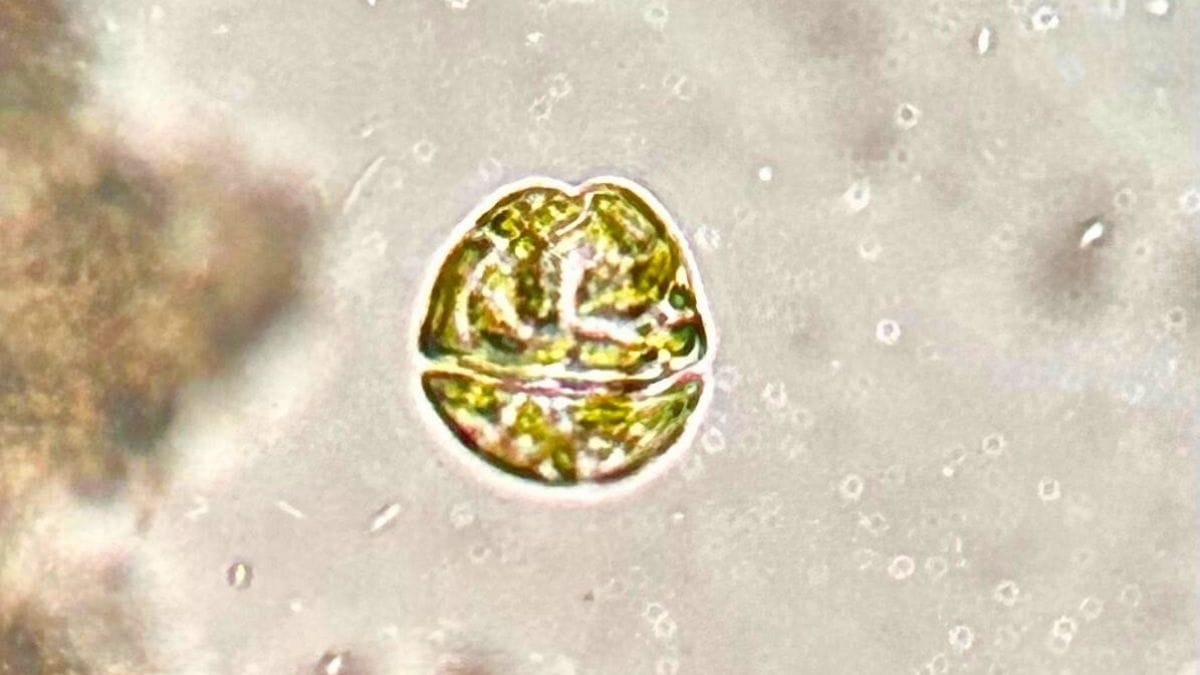
What is this algal bloom all about?
Karenia mikimotoi is a microscopic organism which thrives in warm, nutrient-rich water.
In this case, nutrients which washed out of the River Murray during the 2022-23 floods, and/or other nutrients present in the environment, have combined with a marine heatwave to produce the perfect conditions for the pesky plankton.
Since its first appearance off the Fleurieu, the algal bloom has spread into the Gulf of St Vincent, the Flinders Gulf and the Coorong.
As a result, all the benthic creatures in the area between Tauwitchere Island and Seven Mile, south of Meningie – things like tubeworms, mud cockles and crabs – had died, Ms Coleman said.
“They probably will grow back next year or the year after, but … that’s a long time to go without food if you’re a shorebird or a fish,” she said.
Without real improvements being made to the natural environment, algal blooms like this were likely to keep coming back again and again.
“(The Coorong) is always going to have the right nutrients it likes: dissolved organic matter and rotting stuff,” she said.
“The only way to get rid of that is to restore a healthy ecosystem.”
More on that in a moment – but first, an important question.
Could the algal bloom affect the Lower Lakes and River Murray?
No, Ms Coleman said – “that would be some 1970s sci-fi”.
The microorganism which has created the bloom could not survive in the fresh water of the lakes and river, and would find it difficult to make its way upstream against the Murray’s flow.
But there had been something “equally horrific” in Lake Alexandrina for the past two years, she pointed out: cyanobacteria, or blue-green algae.
Exposure can cause skin irritation, and swallowing affected water can cause vomiting, diarrhoea and intestinal cramps.
The problems in the lake, and off South Australia’s coast, were both symptoms of a broader decline in water health, Ms Coleman said.
“What we’re seeing worldwide is we have these rolling blooms in different areas,” she said.

How can we stop the blooms and save the Coorong?
A few weeks ago, the Coorong Environmental Trust – a group of passionate scientists and community members – put out a four-point plan intended to restore the Coorong to health.
It wasn’t a response to the algal bloom.
Rather, it was intended to distil almost 140 years of research, millions of pages of text, into a really simple form that could be understood by decision-makers and the public.
What the Coorong needed, they said, was:
- As much fresh water as possible, from the River Murray and/or South East freshwater drains
- Increased soakage of seawater into the Coorong’s South Lagoon, with minimal impact on the sand dunes, bird life and the area’s tranquil nature
- Less acidification in the Coorong – or an “aragonite saturation state” of three or less, if you want to get technical
- Stable salinity levels at 30-70 grams per litre, or 1-2 times the saltiness of seawater
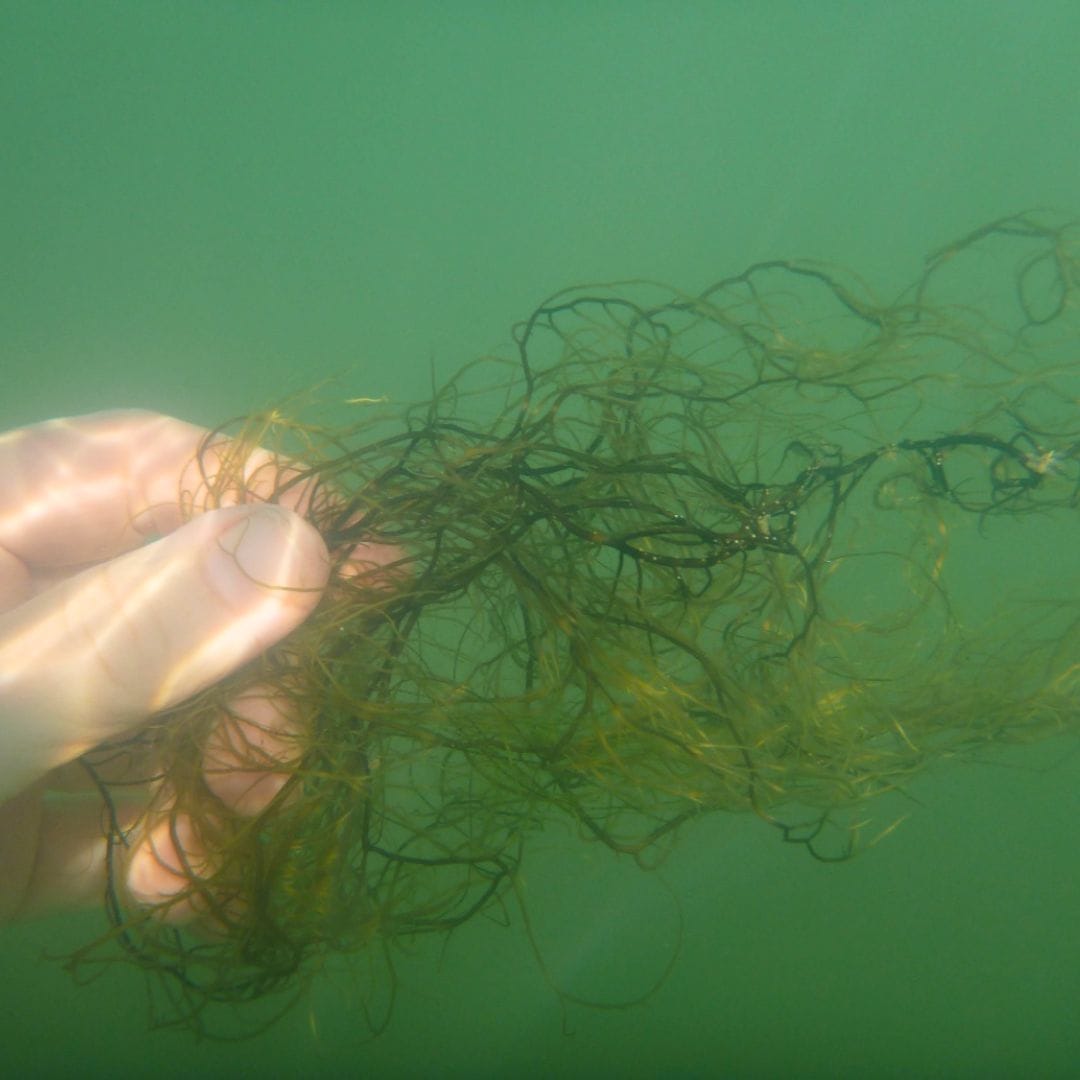
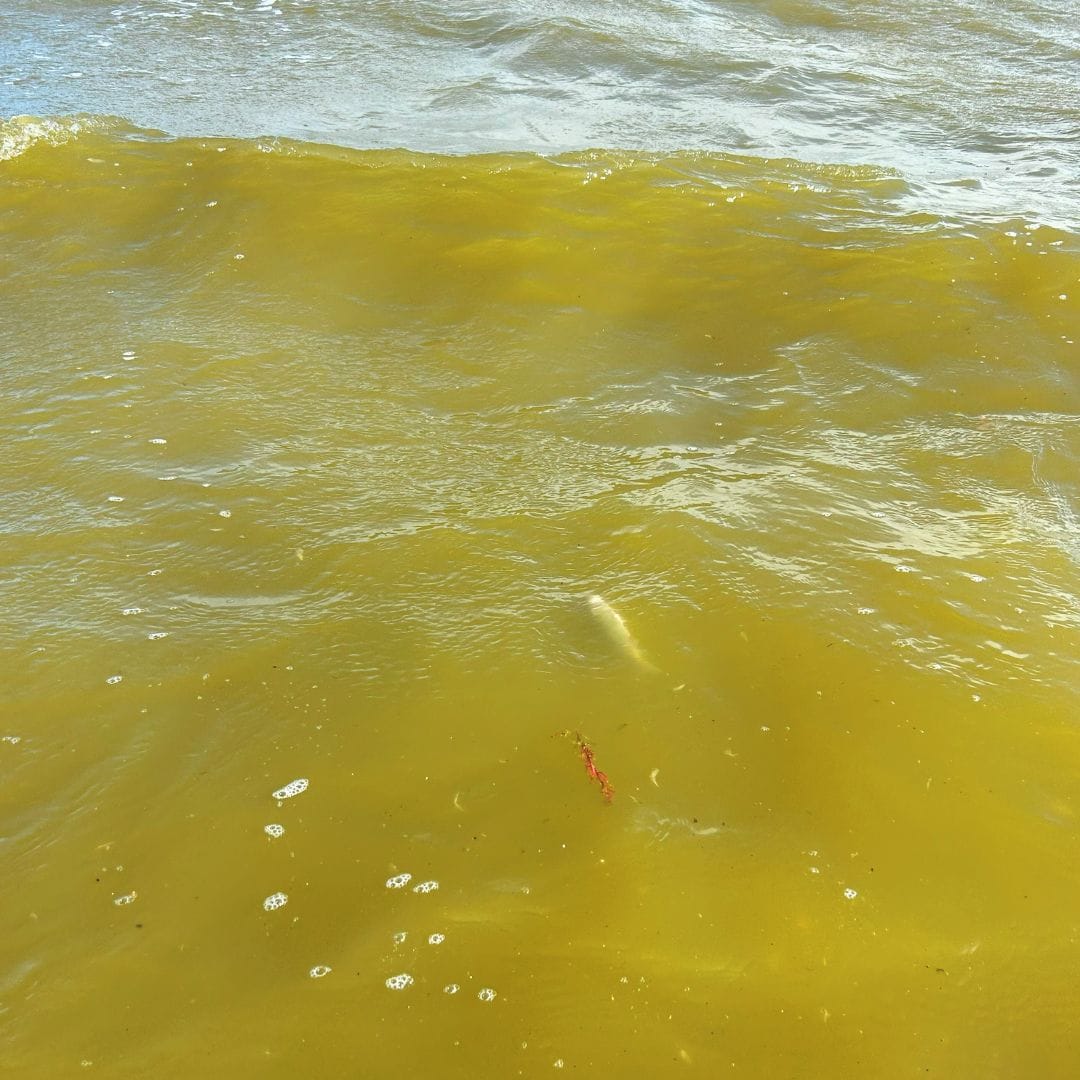
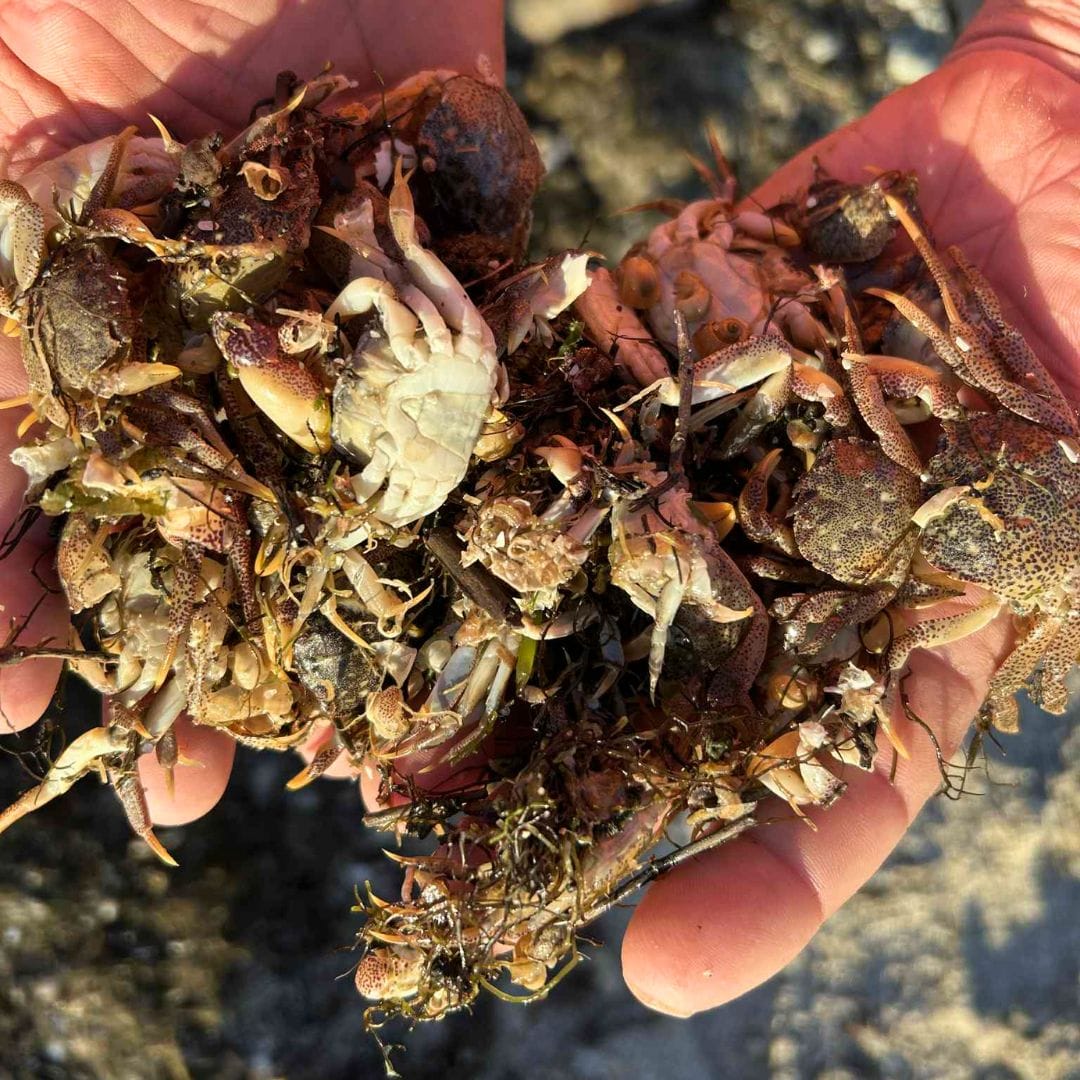
The Coorong should be healthy and home to species like the underwater wireweed on the left, but algal blooms have caused untold damage to the ecosystem. Photos: Coorong Environmental Trust.
Governments had spent hundreds of millions of dollars trying to fix the Coorong, but had failed to keep it from deteriorating, environmental trust co-founder Ken Sawyer said.
Urgent action was now needed.
Trust board member Rosa Hillam said the government had long ignored local expertise – expertise which was “practical, grounded and reasonable”.
The state and federal governments had spent almost $78 million attempting to fix the Coorong since 2018, Ms Coleman said, but if the remaining funds didn’t get results, governments might be tempted to give up.
For the sake of the Coorong ecosystem, and the people who loved the place, that couldn’t be allowed to happen.

What can everyday people do to help?
“I think it’s important to support independent science, to engage with the facts rather than political opinions,” Ms Coleman said.
“It’s also worth asking our MPs to take a pragmatic, science-based approach.
“We need to make sure these four points are firmly emblazoned onto our MPs’ eyeballs.”
For his part, state MP Nick McBride has already echoed the trust’s call for action – and investment.
Part of a $14 million spend on fighting the algal bloom should be used to establish a Coorong field research station at Woods Well, he said.
“Now is the perfect opportunity to fund this infrastructure, and have it based in the Coorong,” he said.
Coorong Environmental Trust chairman Jonathan Sobels echoed that call.
“A Coorong field research station would not only enhance local and global research into estuarine
ecosystems, but also generate ongoing income,” he said.
“There is interest in the facility being hired out by national and international researchers from Australia, Europe, the UK and the USA.
“They recognise the unique opportunity to conduct research directly within one of the world’s most significant estuary environments.”
- Contact state MP Nick McBride: Email mackillop@parliament.sa.gov.au or call 8762 1211.
- Contact federal MP Tony Pasin: Email Tony.Pasin.MP@aph.gov.au, call 8531 2466 or visit his office at Murray Bridge Green.
- More information: Visit www.coorongtrust.com.au or follow the Coorong Environmental Trust on Facebook.


